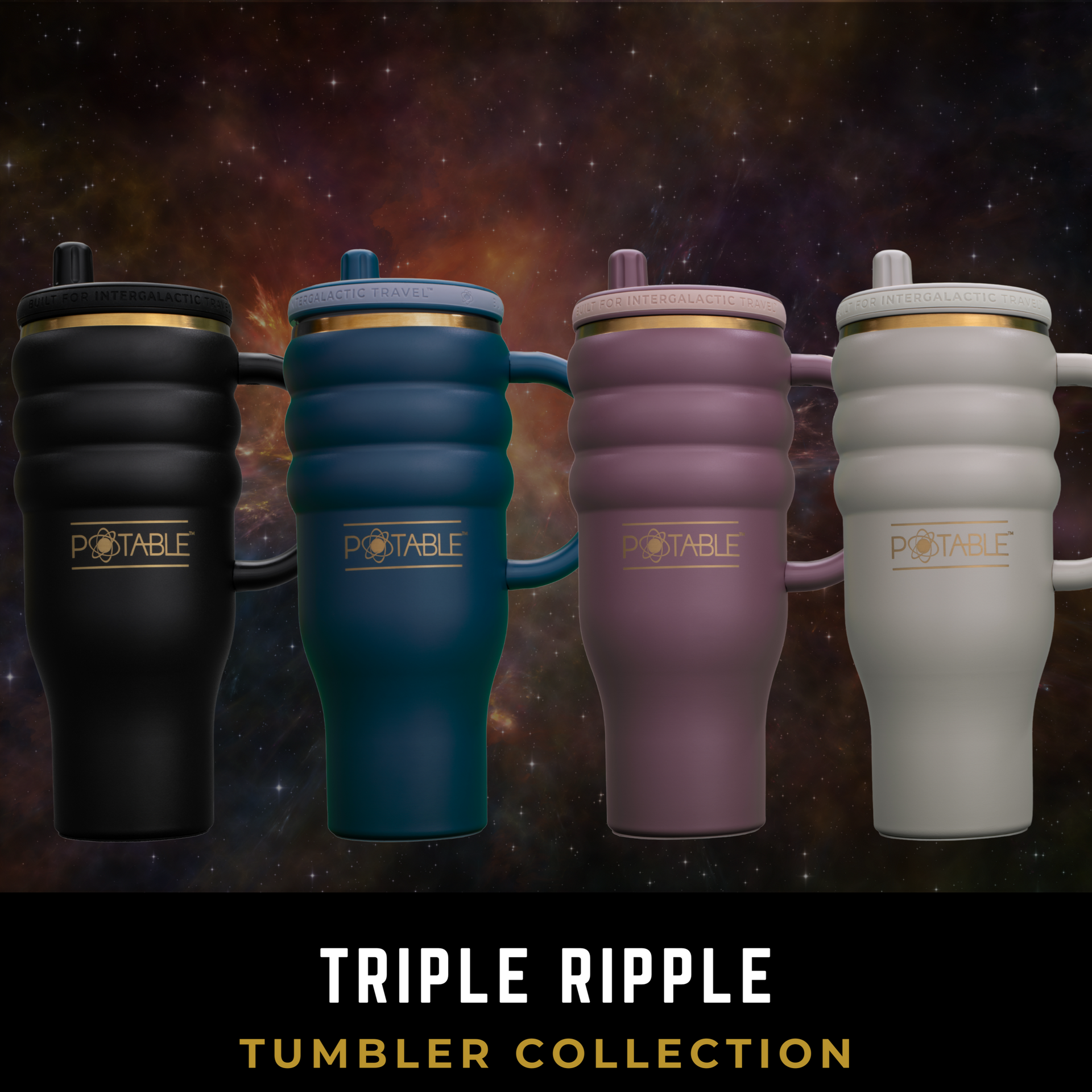You bought a stainless steel bottle because it looked tough. But now you’re seeing spots, discoloration, or even some orange around the rim. Seeing it all begs the question: do stainless steel bottles rust?
The answer isn’t as straightforward as yes or no. Some stainless steel bottles do rust. Others never will. It depends on the grade, how it’s built, and how you use it.
Here’s what to know before you trust your bottle to hold up over time.
What Makes Stainless Steel “Stainless”
Stainless steel is steel mixed with other metals, especially chromium, to resist oxidation. That mix forms a thin, invisible barrier that protects the surface. As long as that barrier stays intact, the bottle resists rust.
But here’s the catch: not all stainless steel is created equal. The quality of the metal and how it’s treated make all the difference.
The Role of Steel Grade
Most stainless steel bottles use 304-grade steel, sometimes labeled as 18/8. It’s corrosion-resistant, affordable, and works for everyday conditions. But it can still rust if scratched or exposed to salt, moisture, and heat repeatedly. Not the best material to use with drinkware, especially if you’re someone who can’t start their day with a hot cup of coffee.
Potable™ drinkware is made from 316-grade stainless steel. This marine-grade alloy includes molybdenum, which adds stronger resistance to salt and harsh elements. That means it’s less likely to corrode, whether you’re using it at the beach, in the mountains, or just washing it regularly at home.
So, if you’re wondering, do stainless steel bottles rust? The answer is usually no, unless they’re made from lower-grade materials or handled without care.
What You Should Know about Coating and Interiors
Many bottles are bare steel inside. That’s fine for water, but it can affect taste and cause more wear with acidic or carbonated drinks. Over time, repeated exposure to those liquids can weaken the protective layer.
Potable™ solves that with a ceramic-coated interior. This lining prevents contact between your drink and the steel surface, extending the life of the bottle and improving flavor clarity.
It also prevents pitting, which is where rust often starts. So even if the exterior stays intact, the interior won’t develop hidden wear that compromises safety.
Daily Habits That Impact Rust
Even the best bottle can run into problems if handled poorly. Here’s what causes rust in most stainless steel drinkware:
- Leaving it wet with the lid on for days
- Washing with abrasive tools or harsh cleaners
- Storing liquids like juice or vinegar without rinsing
- Using the dishwasher when the brand recommends hand-washing
If you want your drinkware to last longer, then you need to make sure proper cleaning is done. Potable™ bottles are designed to last, but smart handling makes them last longer. A quick rinse, gentle cleaning, and dry storage after use will prevent most problems.
Visible Signs to Watch For
If you see a faint orange or reddish tint around the rim or inside the threads, that’s early-stage rust. It usually starts where metal meets moisture for long periods.
Surface rust can often be removed with a paste of baking soda and water. But if it comes back often, it’s a sign the steel quality isn’t holding up, or the protective coating is damaged.
This is why using a high-quality bottle made from 316 stainless steel and coated ceramic is a safer choice for long-term use.
Do Stainless Steel Bottles Rust in Cold Conditions?
Cold alone doesn’t cause rust. But frequent changes in temperature, cold to hot and back, can cause micro-expansion in the metal, especially if the steel isn’t strong enough.
Potable™ tumblers are built to handle extreme temperature shifts. Whether you’re filling one with iced water or hot coffee, the metal stays stable and the ceramic layer prevents internal damage.
So again, do stainless steel bottles rust? Not when they’re made from stronger material and designed to withstand real use.
Final Note
Yes, some stainless steel bottles rust, especially those made from low-grade metal, with no interior protection, or exposed to moisture long-term.
But Potable™ uses 316 stainless steel paired with a ceramic-coated interior, offering stronger corrosion resistance and longer product life. The result? A tumbler that stays clean, sealed, and rust-free even after years of use.
If you want drinkware that doesn’t stain, rust, or degrade, make the switch to a Potable™ premium tumbler.

